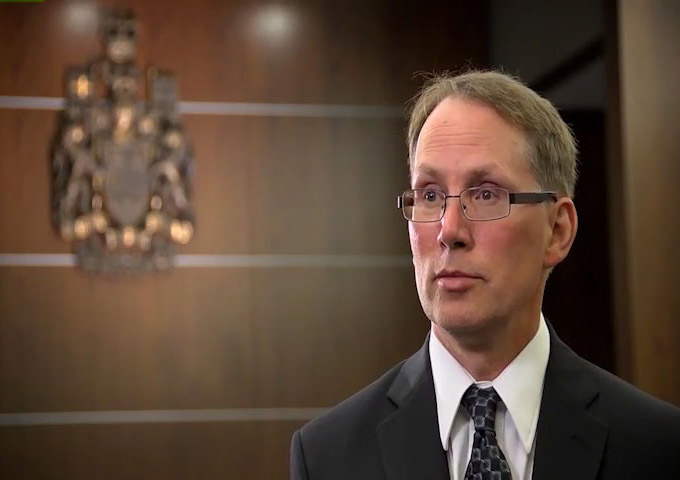The admissibility of video evidence at trial is contingent upon the tendering party establishing the authenticity of the video. Authentication is the process of proving that the video images are in fact that which is purported. It must be established that the video accurately depicts what is shown and that no material changes or alterations have occurred.
Authentication has long been a requirement of the common law in both the United States and Canada. Additionally, it is also mandated by codified rules of evidence. In the United States, the Federal Rules of Evidence provide as follows:
Rule 901 – Requirement of Authentication or Identification
(a) General provision
The requirement of authentication or identification as a condition precedent to admissibility is satisfied by evidence sufficient to support a finding that the matter in question is what its proponent claims.
The Federal Rules of Evidence list several potential methods for authenticating evidence in Rule 901(b). The specific illustrations most applicable to video evidence are listed below:
(b) Illustrations
By way of illustration only, and not by way of limitation, the following are examples of authentication or identification conforming with the requirements of this rule:
(1) Testimony of witness with knowledge. Testimony that a matter is what it is claimed to be.
(3) Comparison by trier or expert witness. Comparison by the trier of fact or by expert witnesses with specimens which have been authenticated.
(4) Distinctive characteristics and the like. Appearance, contents, substance, internal patterns, or other distinctive characteristics, taken in conjunction with circumstances.
(9) Process or system. Evidence describing a process or system used to produce a result and showing that the process or system produces an accurate result.
The Rules of Evidence or Evidence Code in all states have a provision similar (and often identical) to FRE Rule 901.
In Canada, the Canada Evidence Act, which applies to all criminal prosecutions in the country, was amended in 2000 to include an authentication requirement for “electronic documents.” Electronic documents are defined by the CEA in such a way as to include digital video evidence.
31.1 Any person seeking to admit an electronic document as evidence has the burden of proving its authenticity by evidence capable of supporting a finding that the electronic document is that which it is purported to be.
The CEA has further provisions that assist in defining how authentication might be achieved, such as proving the integrity of the technology that created the evidence, the circumstances in which the evidence was captured and the purposes for which such evidence was stored.
Even though these amendments were first enacted in 2000, it was already a common law requirement that all tendered evidence be authenticated. The CEA just focused on electronic documents as a means of addressing advancing technology.
In the video context, the tendering party must prove the location shown in the video, the date and time the images were recorded and the integrity or reliability of the images. Though sometimes challenging, proving location is generally not problematic. Date and time is often vexing, especially where the date and time stamp is inaccurate. I will write a separate post on date and time stamps. The integrity or reliability of images is a frequently argued issue in court, especially in the context of social media images. That too will be the subject of a separate post.
